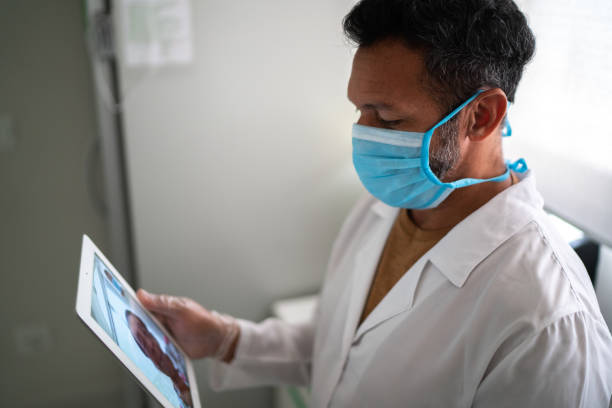Optimizing Elderly Care: Patient Monitoring Solutions
Geriatric patient monitoring presents a distinct set of challenges due to the unique healthcare needs of elderly individuals. As the aging population continues to grow, there is a pressing need for patient monitoring solutions specifically tailored to address the complexities of geriatric care. This article delves into the intricacies of monitoring elderly patients and explores innovative solutions to optimize their health outcomes.

The Importance of Tailored Patient Monitoring Solutions
Geriatric patients often present with multiple chronic conditions and age-related health issues, necessitating personalized monitoring approaches. Traditional monitoring systems may not adequately capture the nuanced health fluctuations experienced by elderly individuals. Tailored patient monitoring solutions encompass a holistic approach that considers factors such as cognitive function, mobility, and medication management.
Challenges in Geriatric Patient Monitoring
Monitoring elderly patients poses several challenges, ranging from cognitive impairments to sensory deficits. Additionally, the presence of comorbidities and polypharmacy can complicate the interpretation of vital signs and clinical data. Moreover, elderly patients may have unique preferences and communication barriers that need to be addressed to ensure effective monitoring and care delivery.
Addressing Cognitive Impairments with Assistive Technologies
Cognitive impairments, such as dementia and Alzheimer's disease, present significant obstacles in patient monitoring. To overcome these challenges, healthcare providers are increasingly turning to assistive technologies, such as wearable sensors and smart home devices. These technologies can monitor patients' activities of daily living, detect abnormalities, and alert caregivers or healthcare professionals in real-time.
Enhancing Medication Management Through Remote Monitoring
Polypharmacy is common among elderly patients, leading to increased risk of adverse drug events and medication non-adherence. Remote monitoring solutions offer a promising approach to improving medication management in geriatric care. By remotely tracking medication adherence and vital signs, healthcare providers can intervene promptly to prevent medication-related complications and optimize treatment outcomes.
Promoting Mobility and Fall Prevention with Sensor Technology
Maintaining mobility and preventing falls are crucial aspects of geriatric care. Sensor technology, including gait sensors and fall detection devices, can provide valuable insights into patients' mobility patterns and risk of falls. By proactively identifying mobility issues and implementing targeted interventions, healthcare providers can mitigate fall risks and enhance the overall safety of elderly patients.
Conclusion
Geriatric patient monitoring requires a nuanced approach that acknowledges the unique needs and challenges faced by elderly individuals. By leveraging tailored patient monitoring solutions, healthcare providers can enhance the quality of care, promote independence, and improve the overall well-being of elderly patients. As the field of geriatric care continues to evolve, innovative monitoring technologies will play a pivotal role in optimizing health outcomes for the aging population.
In conclusion, geriatric patient monitoring solutions are essential for meeting the specialized healthcare needs of elderly patients. By understanding the challenges and implementing innovative approaches, healthcare providers can ensure that elderly individuals receive the personalized care and support they deserve.



Comments
Post a Comment